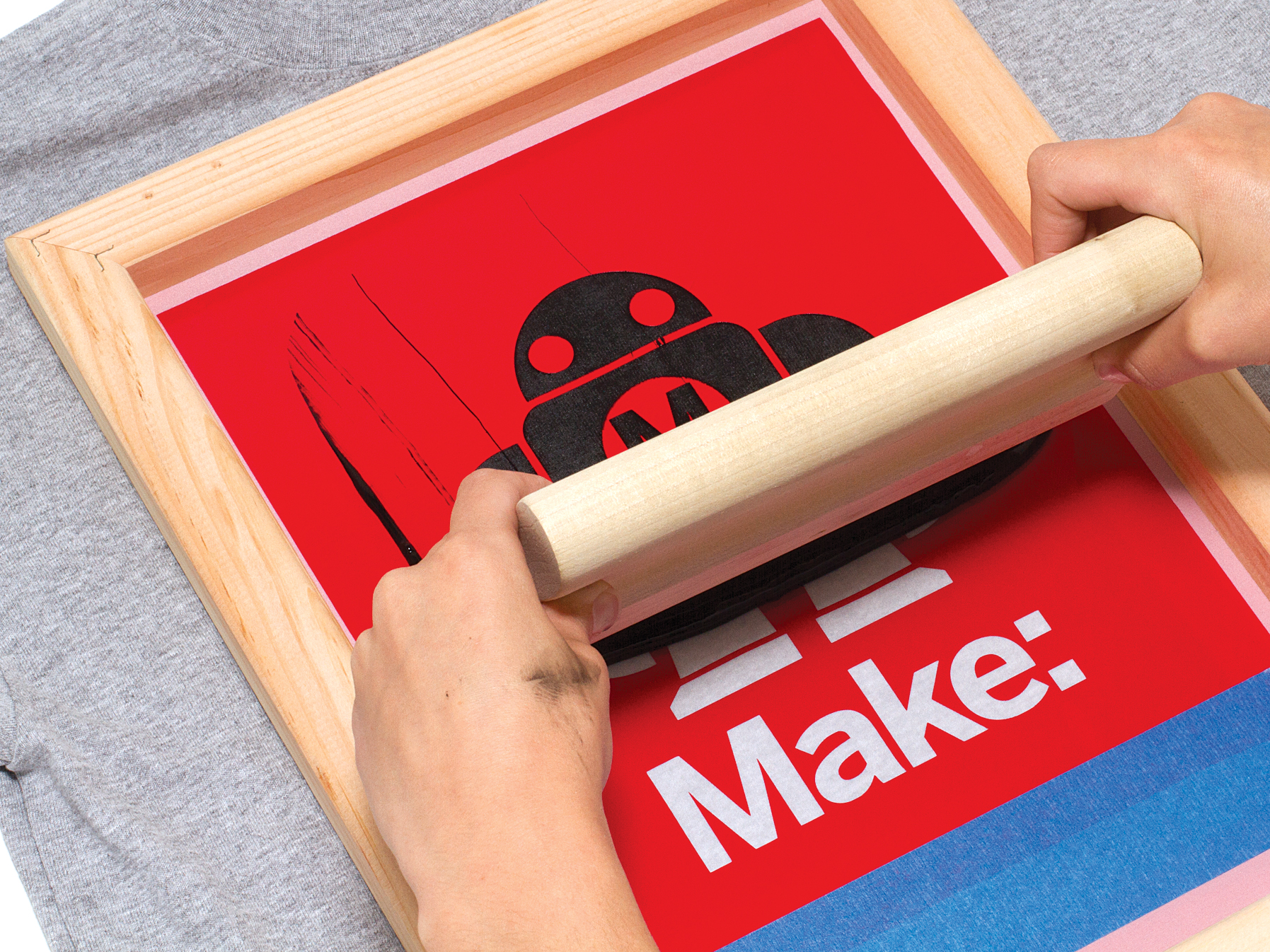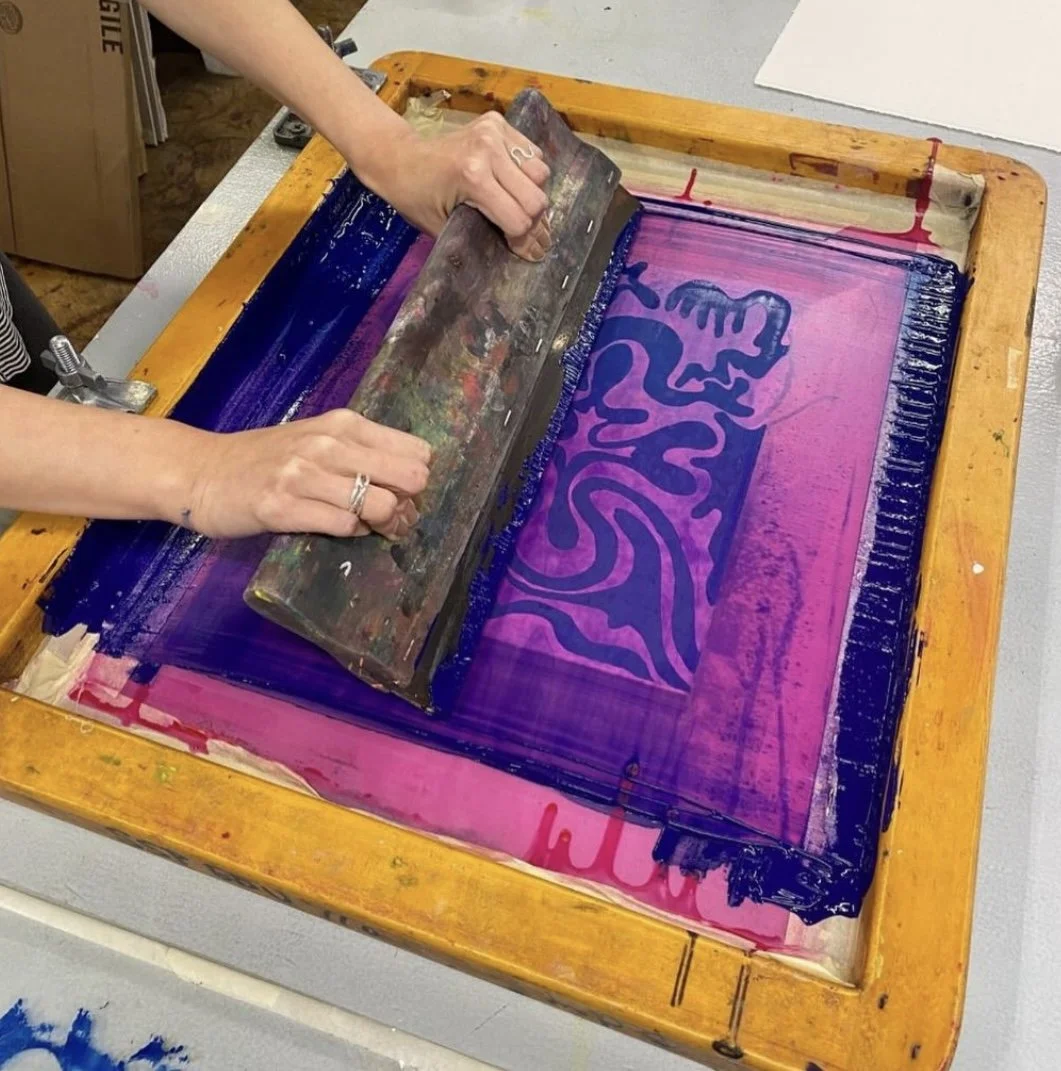ChatGPT said: 10:9 Design Company vs competitors: why they stand out in Texas
The Essential Overview to Comprehending Screen Printing and Its Versatile Makes use of
Screen printing has an abundant history that goes back to ancient times, advancing into a sophisticated strategy used throughout different industries today. This guide explores the ins and outs of the screen printing process, outlining its applications in advertising, fashion, and home decoration - 10:9 Design contact. Recognizing these fundamentals can open creative capacity for both creative and commercial tasks. The complying with sections will disclose essential tips and strategies to boost one's screen printing ventures
The Background of Screen Printing
Screen printing has roots that map back centuries, its advancement mirrors the technological and artistic advancements of different cultures. Coming from in old China, the strategy was originally utilized for decorating textiles and later spread to Japan, where it ended up being indispensable to Ukiyo-e woodblock printing. The method moved to Europe in the 18th century, where it gained popularity amongst craftsmens and commercial printers. The development of picture emulsion in the 20th century changed screen printing, enabling more detailed styles and higher effectiveness. Musicians like Andy Warhol even more pushed its appeal, utilizing the medium to produce legendary works that blended commercialism and art. By the late 20th century, screen printing had established itself as a flexible technique, utilized in vogue, advertising and marketing, and fine art. Today, it continues to develop, integrating digital innovation and broadening its applications across numerous markets.
The Screen Printing Process Explained
Screen printing transforms imaginative visions into tangible layouts via a series of accurate steps. A picture is produced and after that transferred onto a screen, usually made of fine mesh material stretched over a frame. A light-sensitive solution is used to the screen, which is exposed to light, hardening in locations not covered by the photo. After rinsing the unhardened emulsion, a pattern is developed.
Next off, the screen is put over the substrate, whether it be textile, paper, or one more material. Ink is after that pushed via the open locations of the stencil using a squeegee, depositing the design onto the substratum listed below. This procedure can be duplicated for multiple shades, requiring separate displays for every tone. Lastly, the published item is healed using warmth to guarantee the ink adheres properly, resulting in a sturdy, lively design all set for usage.
Kinds Of Screen Printing Techniques

Additionally, specialized strategies, such as discharge screen printing, eliminate color from the fabric to produce softer prints, while foil screen printing uses metal foil to accomplish a glossy surface (10:9 Design reviews). Each method supplies distinct qualities, satisfying different creative needs and manufacturing scales, eventually increasing the possibilities within the screen printing domain name
Applications of Screen Printing in Numerous Industries

In addition, the signs and marketing sectors use screen printing for producing captivating display screens and banners. This approach permits strong shades and elaborate designs that catch interest. In electronics, screen printing is used for applying conductive inks to circuit card, necessary for part connections. The home decoration sector accepts screen printing to produce distinct layouts on fabrics and wall art. Overall, screen printing functions as a vital tool throughout varied areas, enhancing items with personalized and visually attractive graphics.
Tips for Successful Screen Printing Projects
While carrying out a screen printing project, mindful attention to detail can considerably improve the last end result. Picking top quality products is vital; this consists of the screen, inks, and substrates. Making use of ideal mesh counts can impact ink deposition and information resolution. Prep work is equally vital; detailed cleaning of displays and correct direct exposure times assure crisp prints.
Next, accurate enrollment is critical for multi-color prints. Utilizing placement tools can assist accomplish precise layering. Additionally, testing prints on scrap products before manufacturing helps recognize prospective concerns without throwing away resources.

Regularly Asked Questions
What Products Are Ideal for Screen Printing on Textile?
Cotton and polyester blends are suitable for screen printing on material due to their durability and ink absorption. In right here addition, specialty textiles like silk or canvas can generate distinct textures and surfaces, boosting the general style high quality.
Just how Do I Clean and Maintain Screen Printing Equipment?
To clean up and preserve screen printing tools, one need to consistently clean displays with ideal solvents, check squeegees for wear, lubricate moving parts, and shop all items in a dry, dust-free environment to extend their lifespan.
What Are the Environmental Impacts of Screen Printing?
Screen printing can have substantial ecological influences, including chemical waste from inks and solvents, water use throughout cleaning processes, and energy usage. Environment-friendly products and sustainable techniques are essential for reducing these negative results.
Can Screen Printing Be Done at Home Effectively?
Screen printing can be successfully done at home with browse around this web-site the ideal products and techniques. Enthusiasts can produce high quality prints, though success depends upon their ability degree, tools, and understanding of the process entailed.
What Are the Costs Connected With Starting a Screen Printing Service?

Starting a screen printing business includes expenses for tools, materials, and office. Initial expenditures generally vary from a few hundred to a number of thousand bucks, depending on the scale, high quality of machinery, and preferred manufacturing capability.
Screen printing has a rich history that dates back to ancient times, developing right into a sophisticated technique used throughout various sectors today. One more strategy, rotating screen printing, utilizes round screens, helping with continual printing on textile rolls, consequently improving performance for company website large-scale productions. In addition, specialty techniques, such as discharge screen printing, remove dye from the material to develop softer prints, while aluminum foil screen printing applies metal foil to attain a glossy coating. In the style market, screen printing is extensively utilized to create dynamic styles on clothing, enabling brands to showcase their unique designs. Cotton and polyester blends are perfect for screen printing on textile due to their longevity and ink absorption.